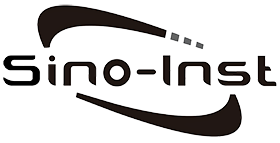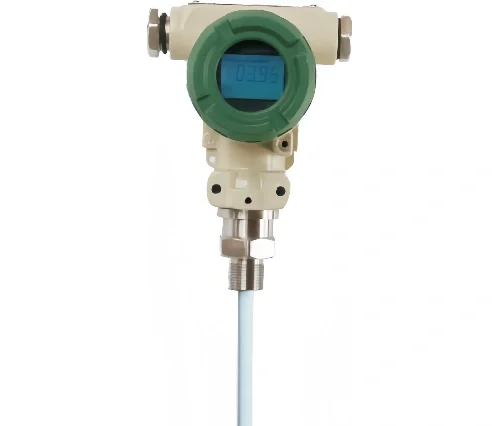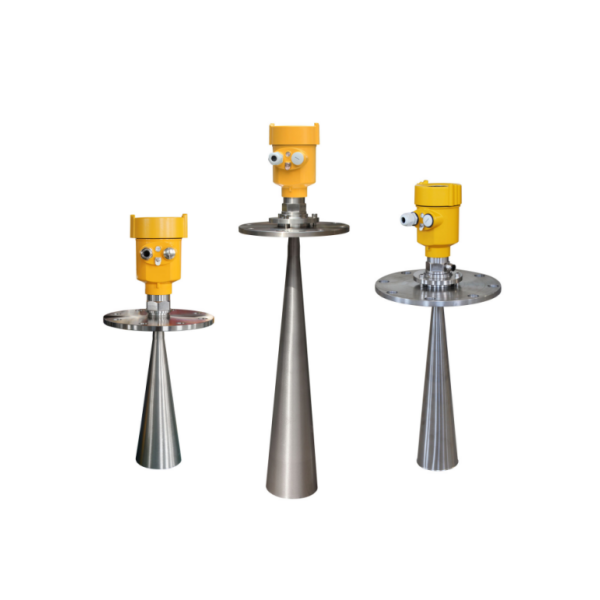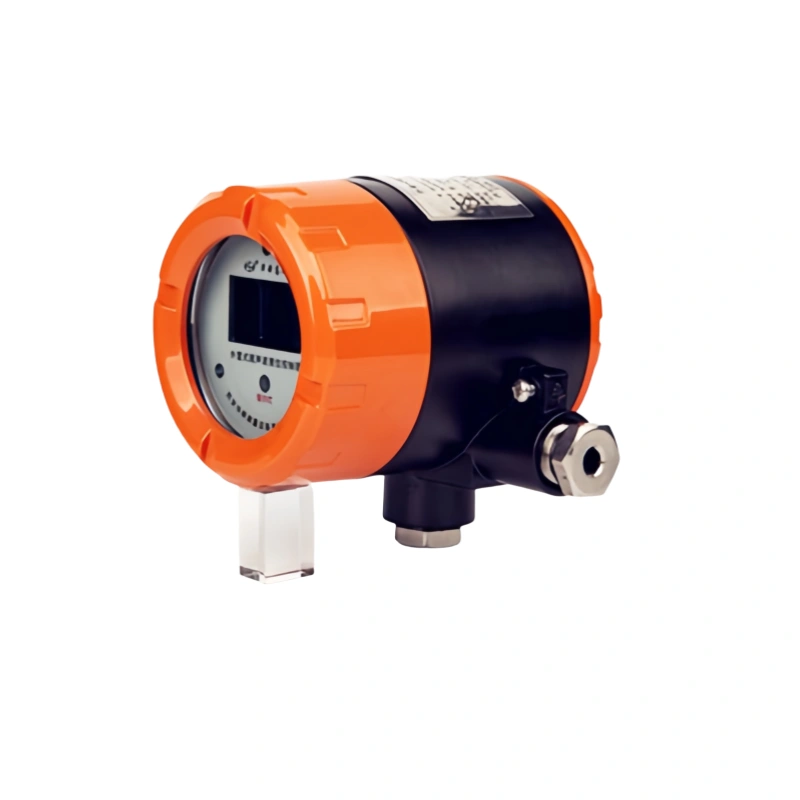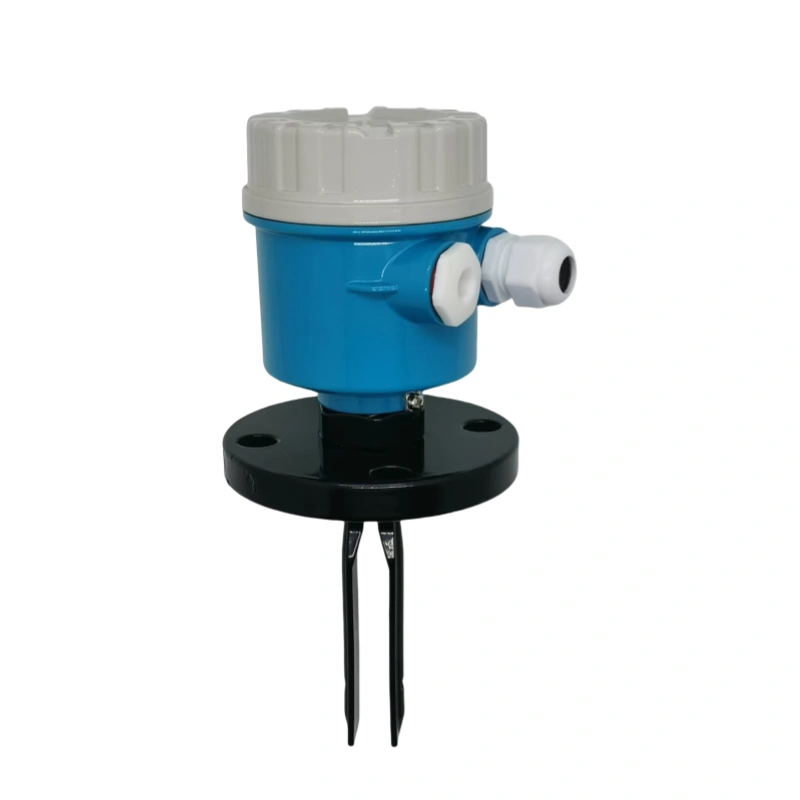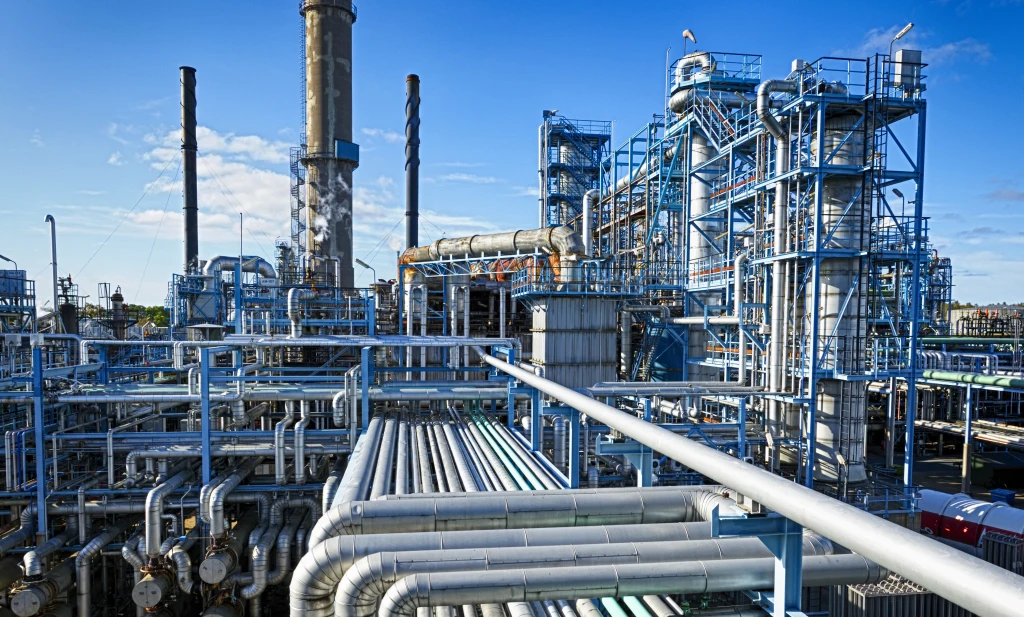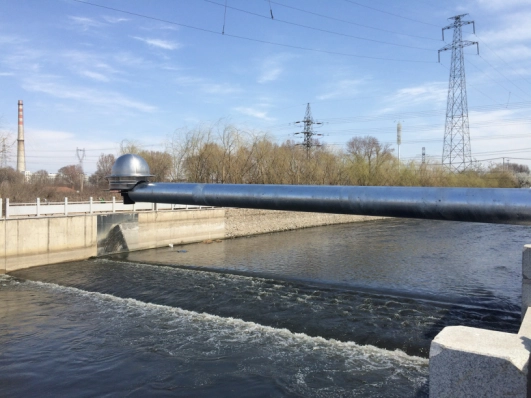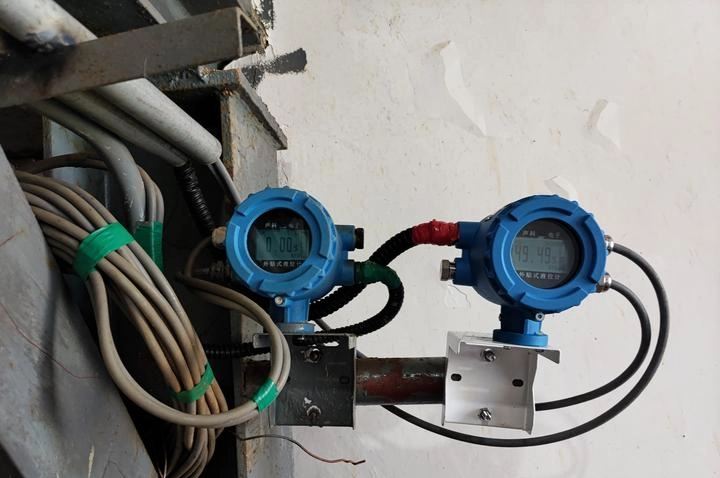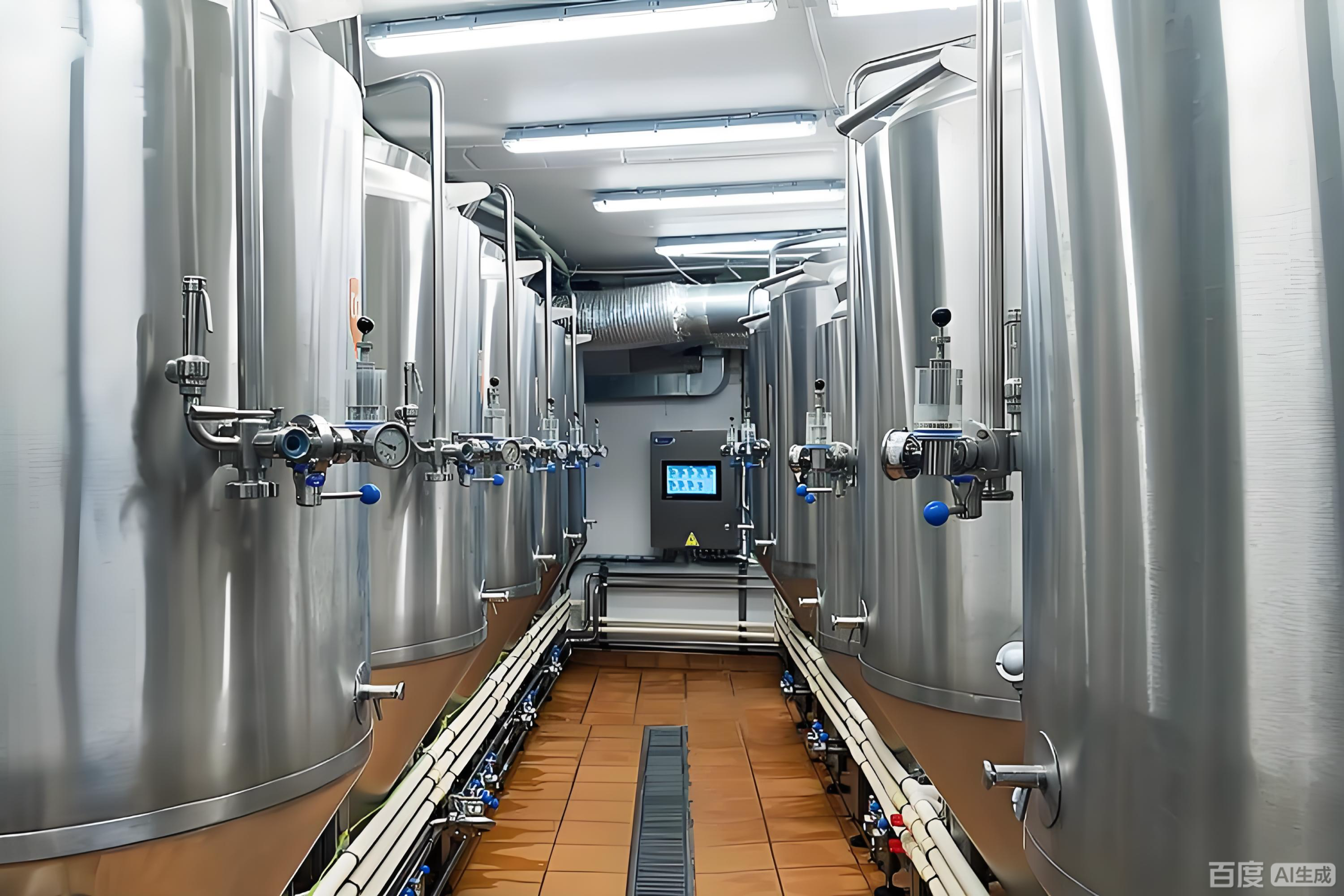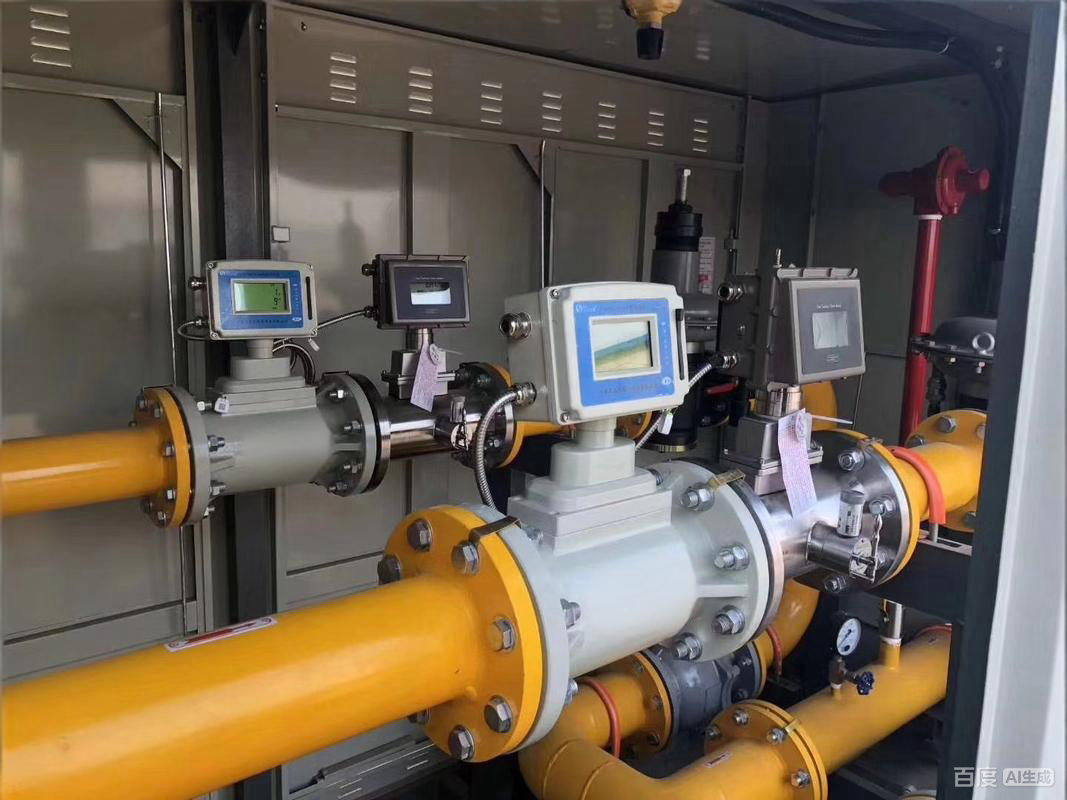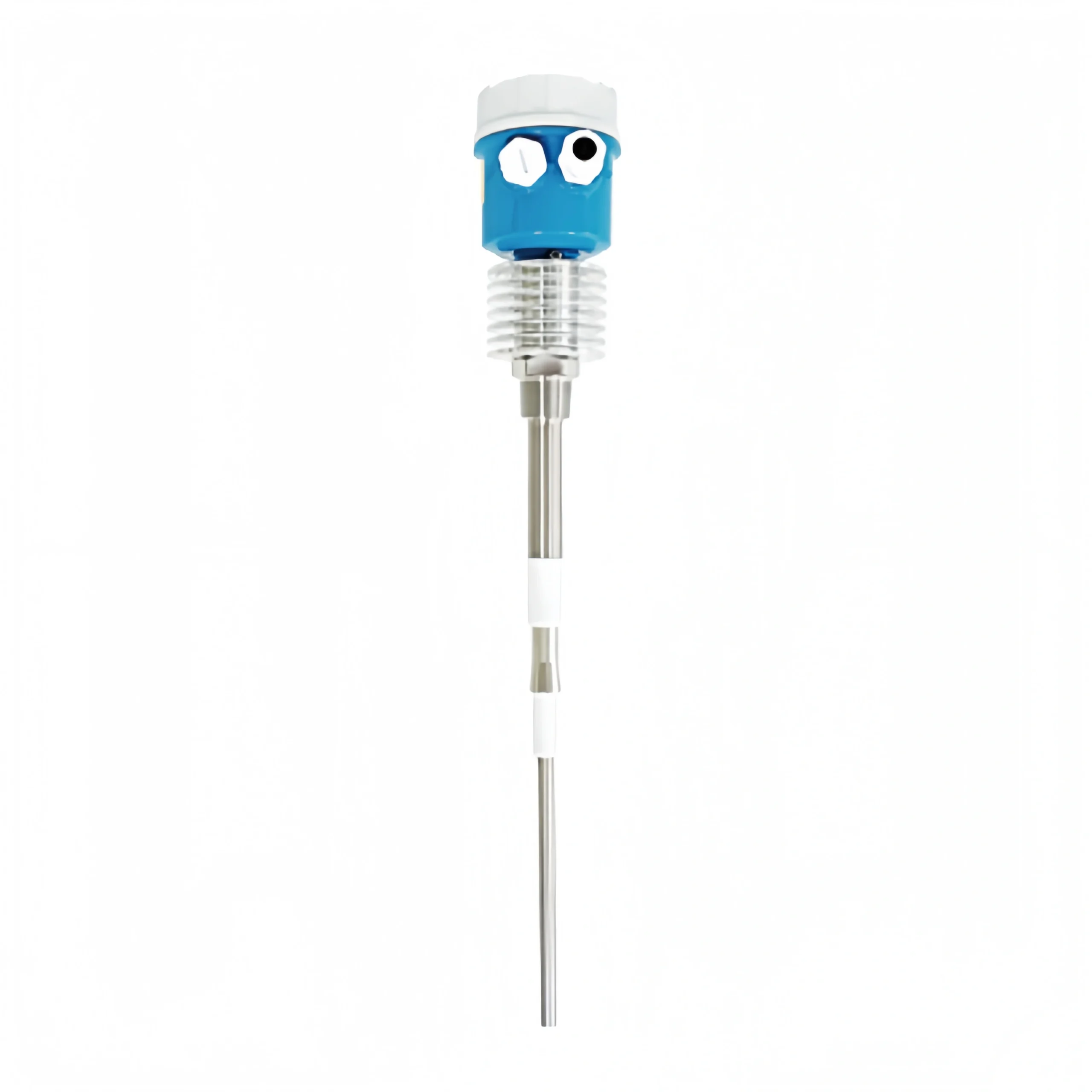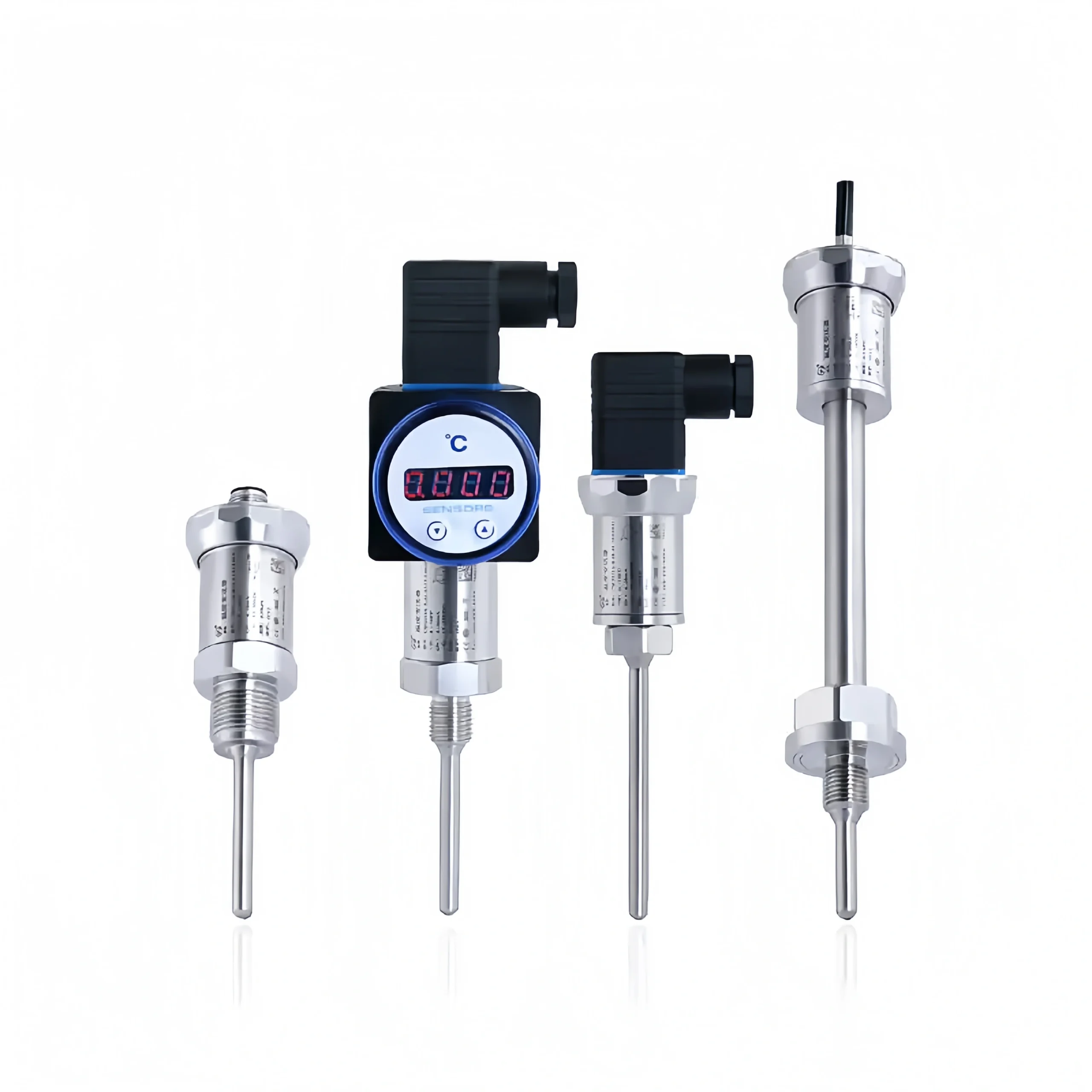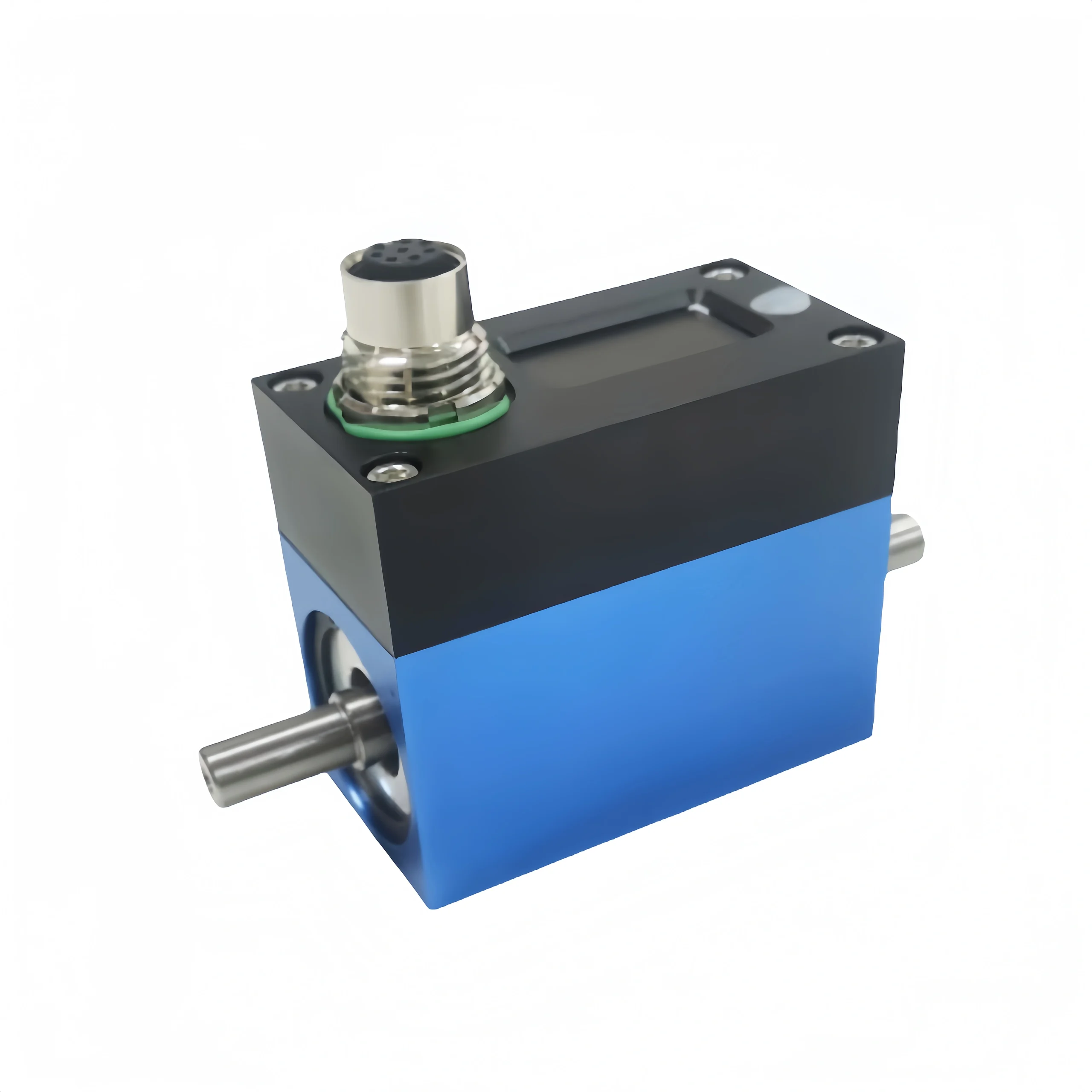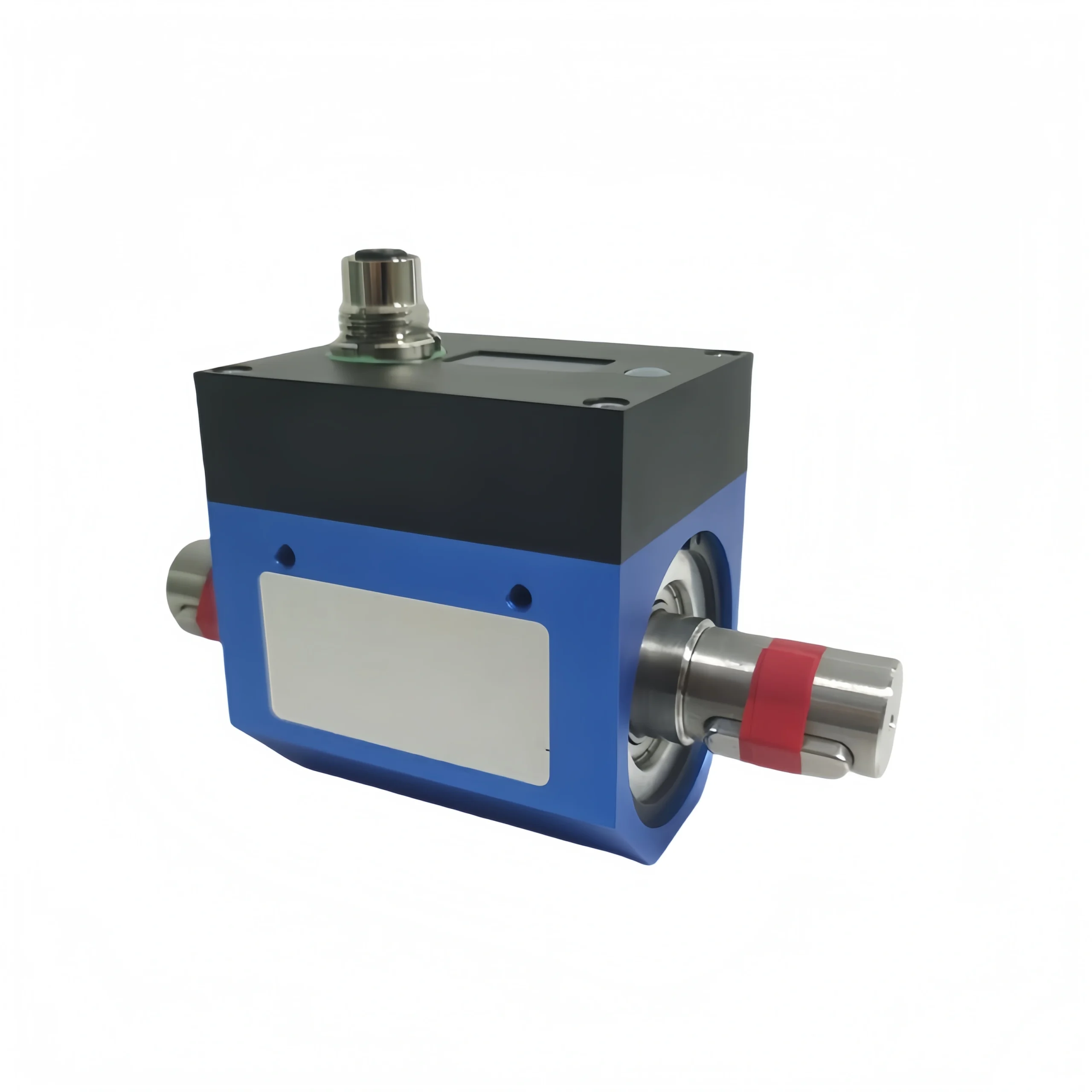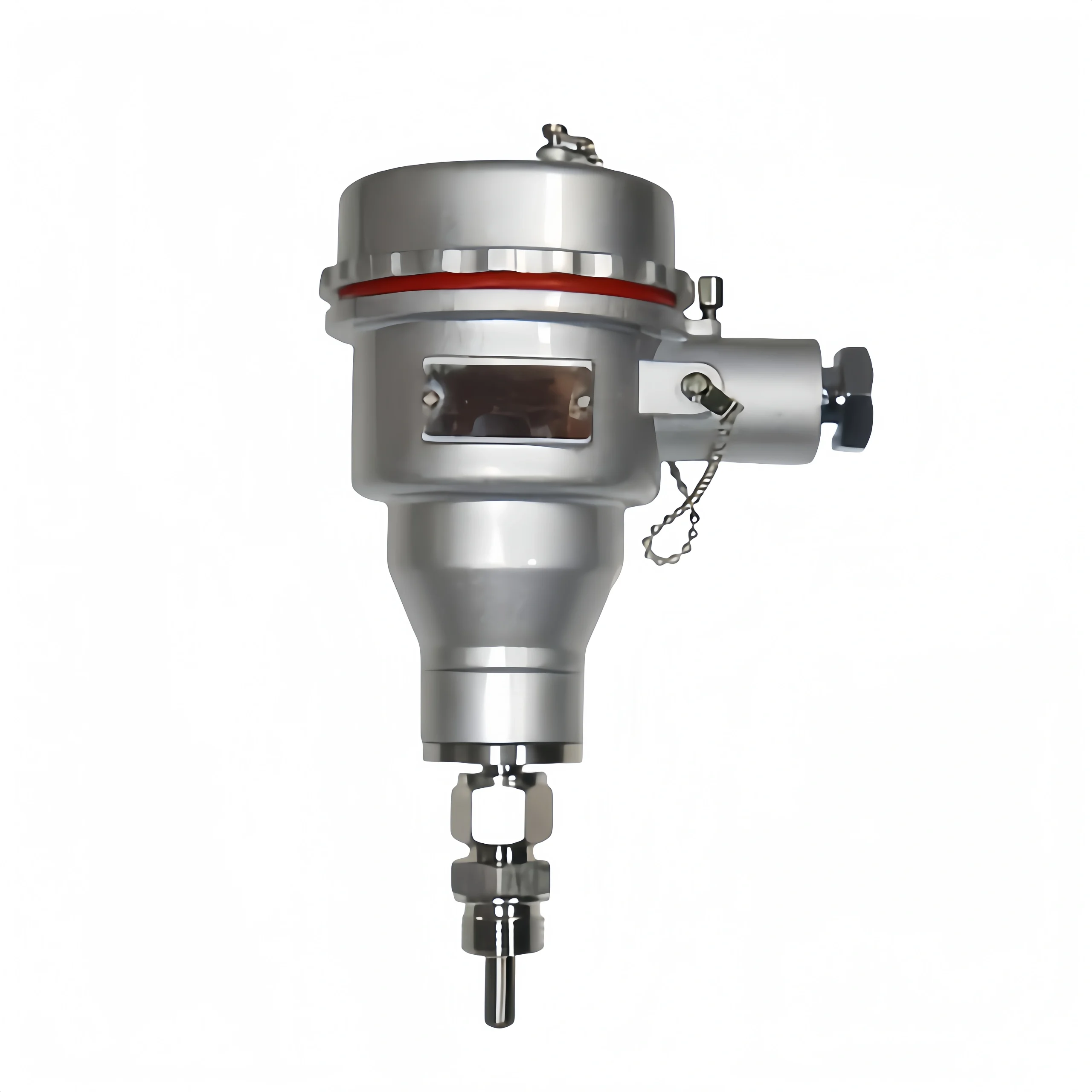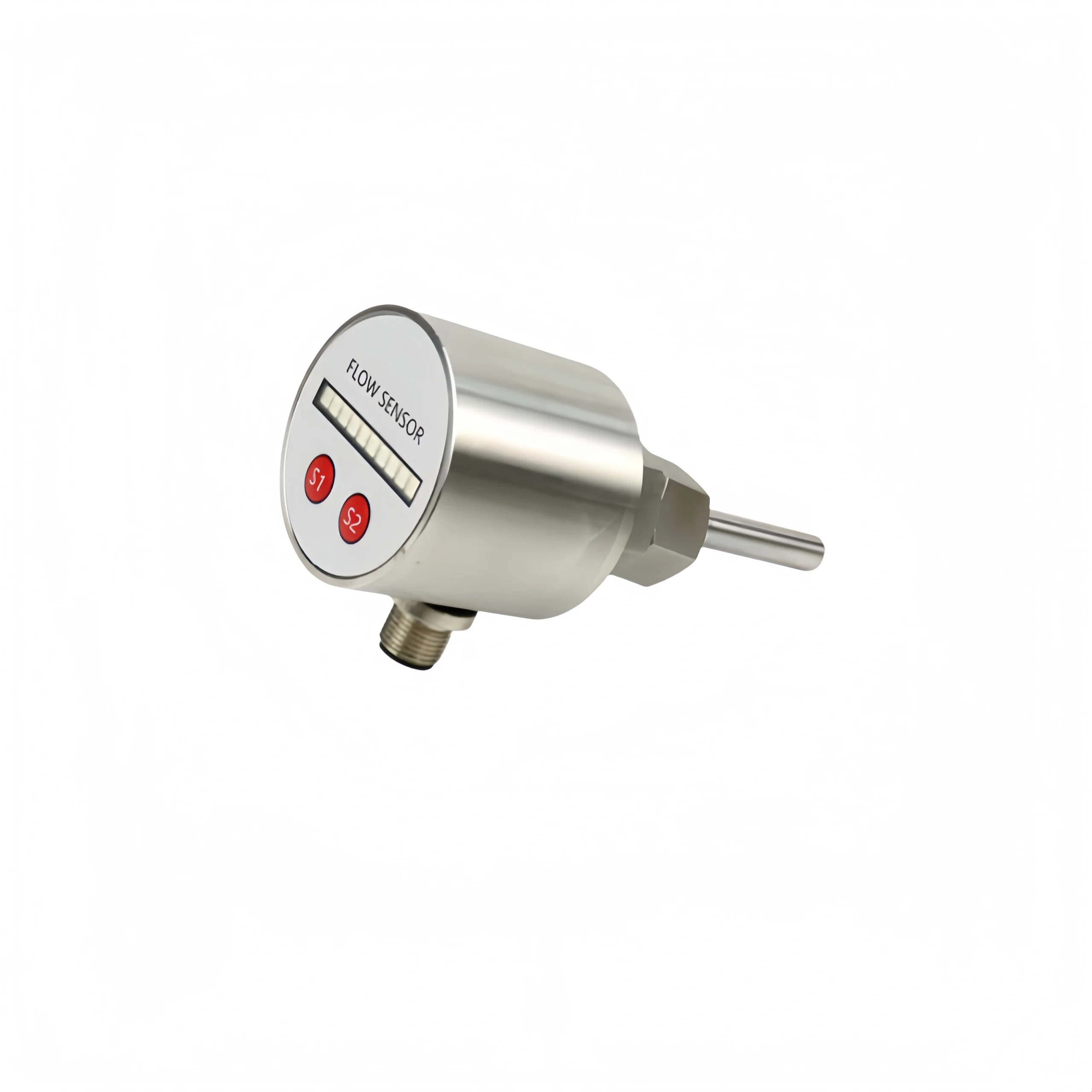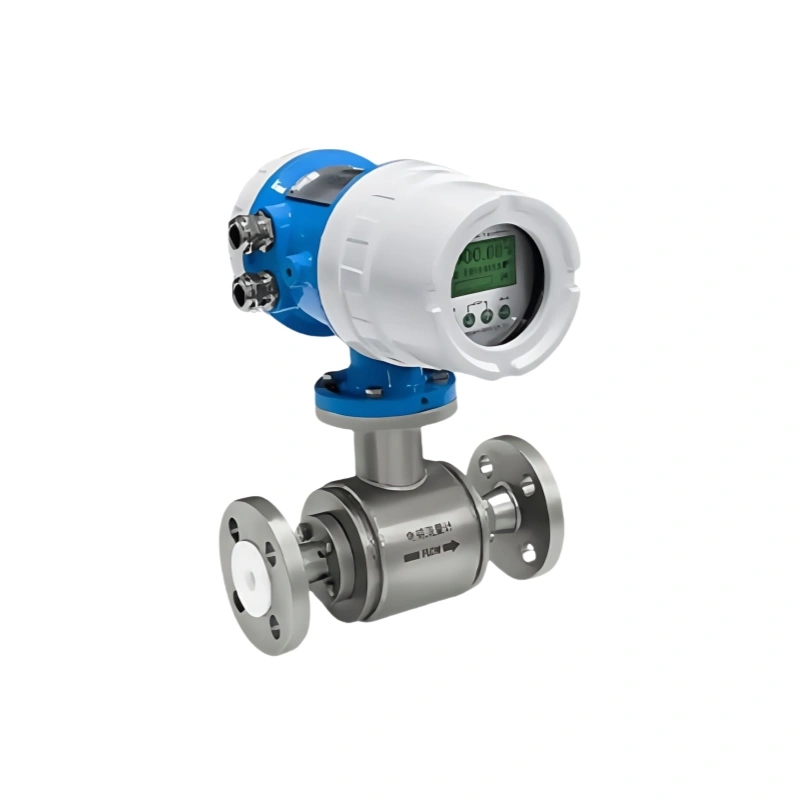With the advancement of technology, sensors have become an integral part of equipment in industrial. And the level sensor has also developed accordingly.
Among them, the coolant level sensor plays an irreplaceable role in industrial manufacturing. The coolant level sensor can control the coolant level, thereby increasing the service life of industrial equipment.
This article will introduce the relevant knowledge of the coolant level sensor.
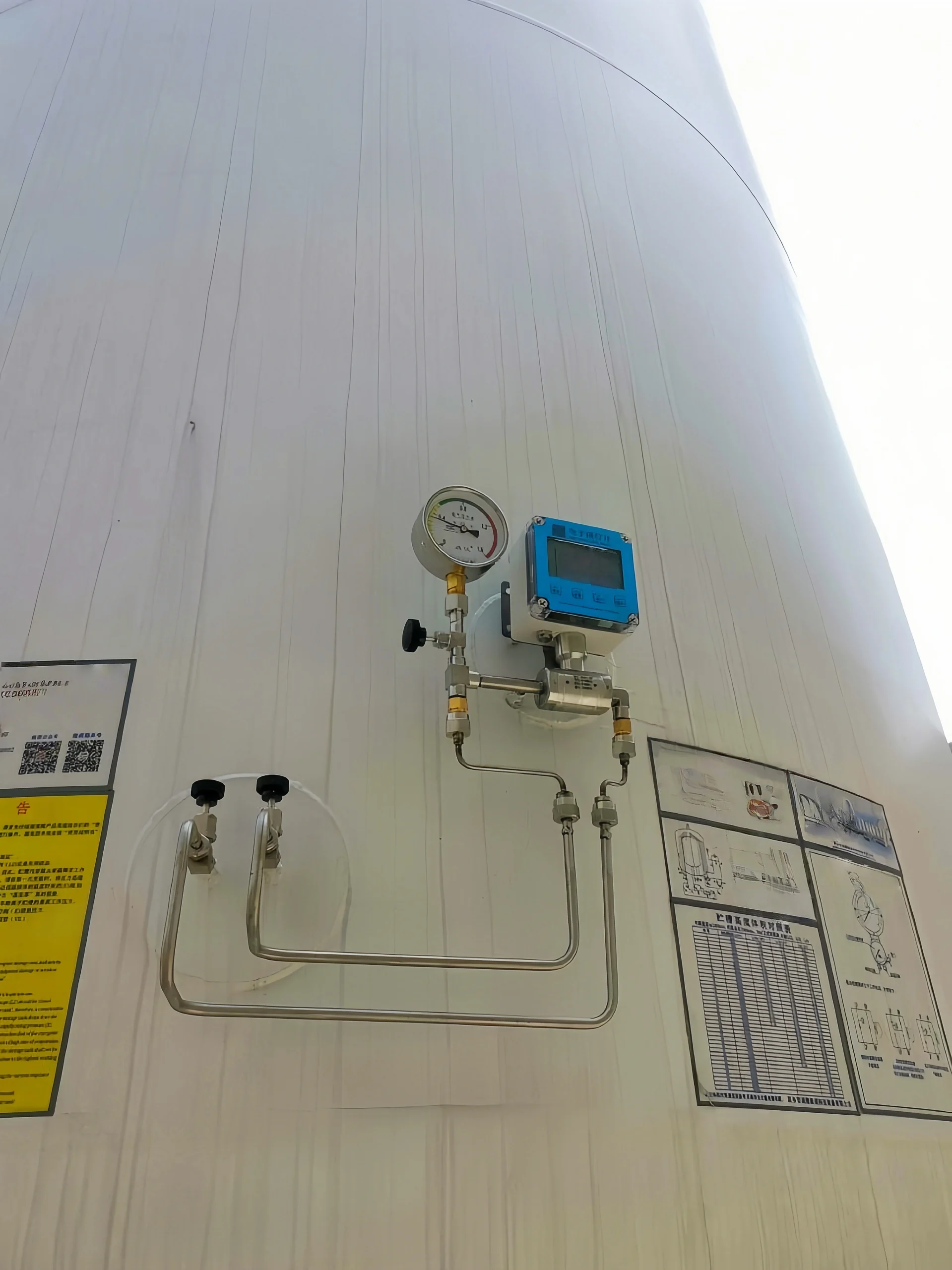
What is the Industrial Coolant?
Coolant is a liquid used to control and regulate the temperature of machinery, equipment or engines.
Features:
High specific heat capacity: The Coolant has a high specific heat capacity and can absorb and release a large amount of heat.
Corrosion resistance: The coolant needs to have good corrosion resistance. Prevent corrosion of metal parts inside machinery and equipment.
Antifreeze resistance: The coolant needs to have a certain degree of antifreeze. Ensure that it does not freeze in low-temperature environments.
Uses:
Automobile cooling system: Coolant is used in the cooling system of automobile engines. Control the temperature of the engine and prevent overheating.
Industrial equipment: Coolant is widely used in the cooling and heat exchange process of industrial equipment. Maintain the normal operating temperature of the equipment.
Electronics: Coolant is used in high-power components or heat sinks in electronic devices. Prevent overheating damage.
Measuring the level of coolant is a complicated matter. There are many ways to measure coolant. The most commonly used is a coolant level sensor.

What is a Coolant Level Sensor?
The level of coolant can be measured with a variety of instruments. This article will introduce 7 sensors that can measure the level of coolant.
Capacitive Level Sensor
Working principle of the capacitive level sensor:
The process fluid has a dielectric constant that is significantly different from air. They measure the change in capacitance between two plates produced by the change in level. There are two versions. One is suitable for fluids with high dielectric constants. The other is suitable for fluids with low dielectric constants.
Capacitive level sensors are suitable for a variety of solids, liquids and mixed materials. They also have contact and non-contact configurations. It means that some of them can be connected outside the container.
- Advantages: solid-state, can be non-invasive, compact, and accurate
- Disadvantages: may require calibration, can only be used in certain liquids
- Applications: tank level monitoring in the chemical, food, water treatment, power and brewing industries
Ultrasonic Level Sensor
Working Principle of Ultrasonic Level Sensor:
The level is measured by calculating the duration and intensity of high-frequency sound waves reflected from the surface of the liquid back to the sensor. The time required is relative to the distance between the sensor and the liquid.
The length of time required for the sensor to react is affected by various elements in the atmosphere above the medium, such as turbulence, foam, temperature, etc. Therefore, the mounting position is critical in these devices.
- Advantages: No moving parts. Compact. High accuracy. Unaffected by the characteristics of the medium
- Disadvantages: Expensive. Intrusive. Performance may be affected by various elements in the environment
- Applications: Non-contact applications with high viscosity and solid particles. For systems requiring remote monitoring
Radar Level Sensor
Radar level sensors and ultrasonic level sensors work on similar principles.
A radar level sensor is an application of microwave (radar) positioning technology in level measurement instrumentation. It transmits energy waves through a device that can transmit energy waves (usually pulse signals). The energy waves are reflected when they encounter obstacles. And a receiving device receives the reflected signal. The level change can be determined by measuring the time difference of the energy wave movement process. The microwave signal is processed by an electronic device. And finally converted into an electrical signal related to the level.
- Advantages: The measurement results are very accurate. No calibration is required. Multiple output signal options
- Disadvantages: Expensive. Affected by the environment. Limited detection range.
- Application: Humid, odorous and dusty environments. They are also used in systems with temperature changes
Hydrostatic level sensor (submersible level sensor)
Working principle of the hydrostatic level sensor:
First, its level sensor consists of a pipe and a probe, which is used to measure the pressure of the liquid. Then, the level sensor converts the measured pressure signal into a measurable electrical signal. And inputs the electrical signal into the control system. The control system converts the electrical signal into a liquid level value. Finally, the display instrument displays the liquid level value.
- Advantages: It has a simple structure. Simple installation. It can meet most liquid level measurement requirements. The price of the level meter is relatively low.
- Disadvantages: Not suitable for occasions containing impurities and high viscosity. Not suitable for slurry and sedimentation media environments.
- Application: Suitable for sewage treatment, liquid level measurement of various pools, etc. And water level monitoring in other industries.
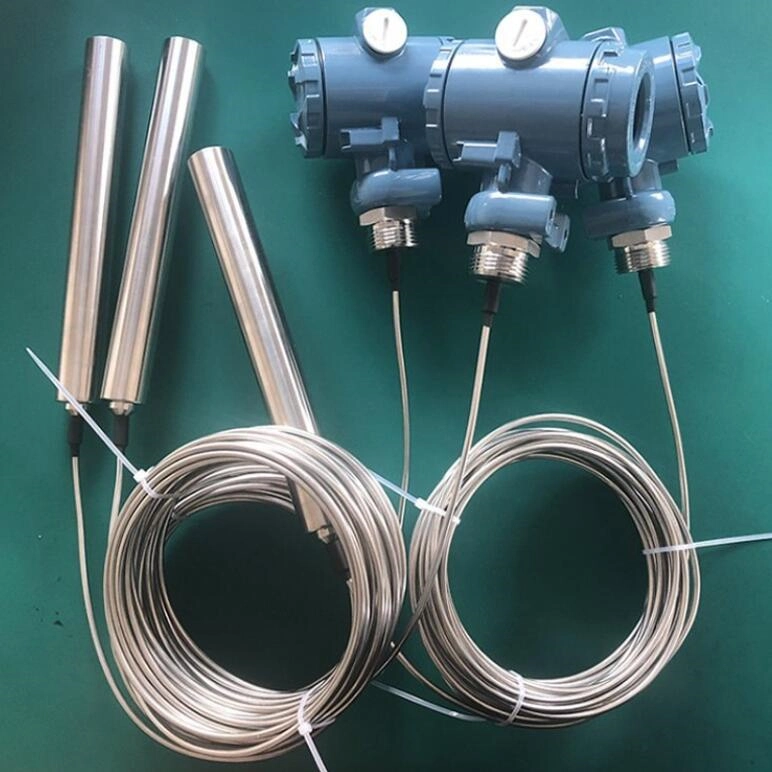
Tuning fork level switch
Working principle of the tuning fork level switch:
The tuning fork level switch uses piezoelectric devices to realize the vibration drive and detection of the fork body. Driven by piezoelectric ceramics, the tuning fork fork body vibrates at a certain mechanical resonant frequency.
When it comes into contact with the measured liquid, the resonant frequency of the fork body will be significantly reduced, and a change in vibration frequency will occur. It is directly reflected in the output signal of the piezoelectric detection device. And then the detection circuit judges the change in the vibration frequency and outputs a switch signal.
- Advantages: compact and economical
- Disadvantages: invasive, limited number of uses. Does not provide continuous process measurement
- Applications: Level control of liquids, powders and fine solids in mining, chemical processing and food and beverage industries.
Photoelectric Level Switch
How Photoelectric Level Switches Work:
There is a range of technical terms used to describe this type of level sensing technology. Optical prism, electro-optical, single point optical, optical level switch, etc.
The photoelectric level switch contains a light-emitting LED and a phototransistor. When the sensor tip is in air, the infrared light inside the sensor tip is reflected to the transistor detector. When in liquid, the infrared light is refracted from the sensor tip, reducing the energy reaching this detector.
As solid-state devices, these compact switches are ideal for a variety of point-level sensing applications, especially when reliability is critical. Optical level switches are suitable for high, low or medium level detection in almost any large or small tank. They are also suitable for detecting leaks and preventing costly equipment damage.
- Advantages: compact, no moving parts, high pressure and temperature resistance. And can detect very small amounts of liquid.
- Disadvantages: Because the sensor needs to contact the liquid, it needs a power source. And some viscous materials will leave residue on the prism and cause false alarms (such as butter).
- Application: Container, tank level measurement and leak detection applications
Float level sensor
A float level sensor is also called a float level switch. A float switch is one of the most cost-effective but well-proven technologies in liquid level sensing. The float switch includes a magnet inside a float and a magnetic reed switch contained in a safety housing. The float moves with the change of liquid and will cause the reed switch to open or close, depending on whether it is in air or liquid. Although the design is simple, the technology provides long-term reliability at an attractive price.
- Advantages: No power, direct indication, relatively cheap, various outputs
- Disadvantages: Intrusive, moving parts, large size, a large amount of liquid must be present before the float contacts.
- Application: Tank level applications using water, oil, hydraulic oil and chemicals.
Bad Coolant Level Sensor Symptoms
1. Unable to detect water level: It will output a wrong signal. This will cause the control system not to work properly.
2. Inaccurate detection results: When the coolant level sensor is damaged, it may output wrong detection data.
3. System crash or freeze: If the coolant level sensor is seriously damaged, it may cause the entire control system to crash or freeze.
4. Alarm prompt: In some cases, the control system will be designed with an alarm function. When the coolant level sensor is damaged or abnormal, a corresponding alarm prompt will be issued.
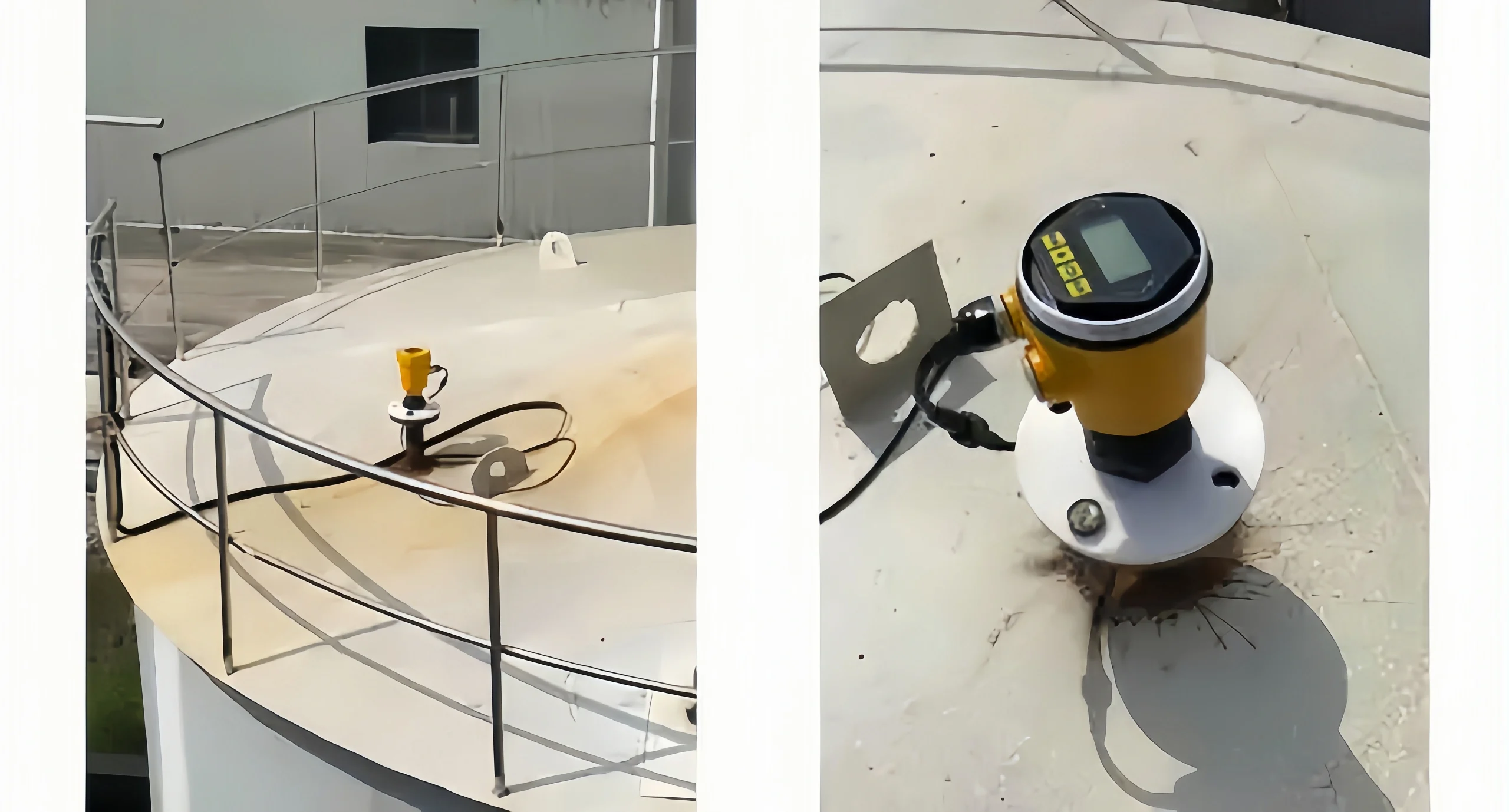
How Much Does It Cost to Fix a Coolant Level Sensor?
The price of repairing a coolant level sensor is uncertain. It depends on what type of level sensor you use. Different level sensors have different prices.
If you need to repair the level sensor. It is recommended that you choose a professional to seek help.
How to Check the Coolant Level?
Operation steps:
1. Turn off the chiller and wait for the equipment to cool down.
2. Open the coolant storage tank or water tank and check the coolant level.
3. If the level is below the standard level, there may be leakage or evaporation, and coolant needs to be added.
Note:
Make sure the equipment is shut down during the inspection to avoid accidental water leakage or electric shock.
When adding coolant, use coolant that meets the requirements and avoid using inappropriate water or chemical solutions.
Why Coolant Level Sensor is Important?
1. Ensure cooling efficiency
With time, the water in the coolant may gradually evaporate or be contaminated, while the refrigerant may lose its heat exchange performance due to leakage or aging. Regularly checking the status of the coolant and refrigerant can ensure that the chiller maintains an efficient cooling effect and prevents excessive temperature from affecting the working efficiency of the equipment.
2. Prevent system failure
Insufficient or contaminated coolant and refrigerant can cause system failure, such as compressor overheating, condenser icing, etc., and even damage core components in severe cases. Therefore, timely inspection and replacement of coolant or refrigerant can help avoid unnecessary maintenance costs and equipment downtime.
3. Extend equipment life
Long-term use of unchecked and replaced coolant or refrigerant may aggravate the wear of internal pipes and components of the equipment and reduce the service life of the equipment. Regular replacement can effectively slow down this wear and extend the service life of the equipment.
Coolant is an indispensable medium in various industrial equipment. It can measure the level of the equipment and extend its service life. Measuring the coolant level is very important. I believe that after reading this article, you will have a deep understanding of how to measure the level of the coolant.
Sino-Inst has been focusing on level measurement for more than 20 years. If you need to measure the level of various media, please get in touch with us in time. We will provide you with free measurement solutions.
